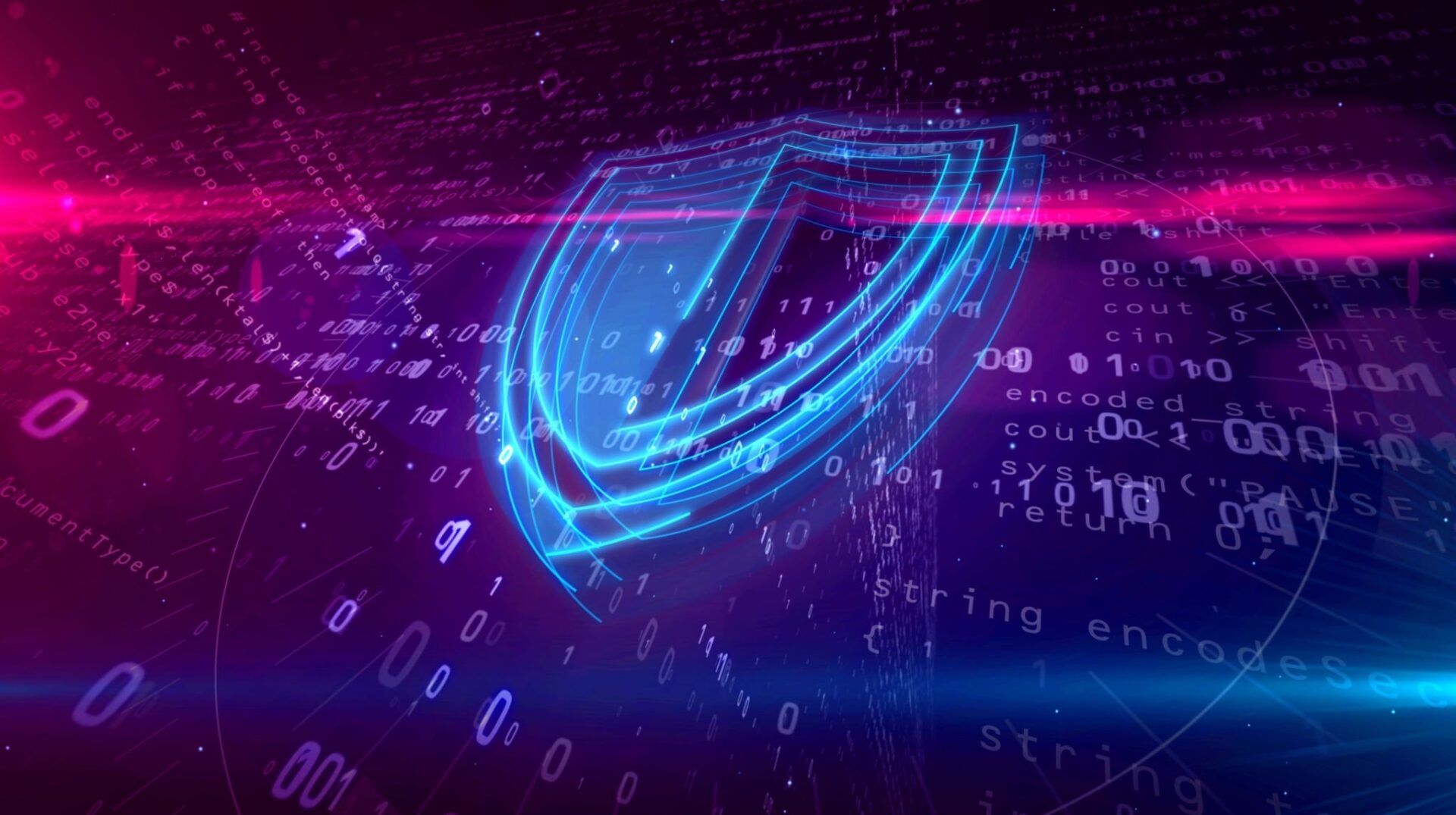Software Security 101: Understanding the Importance of Cybersecurity and Protecting Your Data

In today’s increasingly digital world, software has become an integral part of our daily lives. We use it for everything from communication to entertainment, from shopping to banking.
However, with the rise of technology, the importance of cybersecurity has also increased. It’s more important than ever to understand the risks associated with software and take steps to protect your data.
In this blog post, we will discuss software security 101 and the importance of cybersecurity.
What is Software Security?
Software security refers to the measures taken to protect software from unauthorized access, use, modification, or destruction. Software security is a critical aspect of cybersecurity, and it involves a range of techniques and practices designed to safeguard software and the data it contains.
These measures include encryption, access control, secure coding practices, and vulnerability management.
Why is Software Security Important?
As technology advances, so do the methods and techniques used by cybercriminals to breach software security. The consequences of a data breach can be severe, including loss of sensitive information, financial loss, and reputational damage. The increasing amount of data stored on computers and servers makes them attractive targets for cybercriminals.
Software security is important for several reasons.
Firstly, it helps to protect the confidentiality and integrity of sensitive information. This includes personal data, financial information, and intellectual property.
Secondly, it helps to ensure the availability of software systems and prevents them from being disrupted or taken offline by cyberattacks.
Finally, it helps to protect against the spread of malware and other harmful software that can cause damage to systems and networks.
How to Protect Your Software and Data
There are several steps you can take to protect your software and data from cyber threats. These include:
- Use strong passwords and two-factor authentication: Passwords are the first line of defense against cyber threats. Make sure to use strong passwords and change them regularly. Two-factor authentication adds an extra layer of security, requiring users to provide two forms of identification to access an account.
- Keep your software up to date: Regularly updating your software is one of the most important things you can do to protect against cyber threats. Updates often include security patches and bug fixes that address known vulnerabilities.
- Install anti-virus and anti-malware software: Anti-virus and anti-malware software are essential tools for protecting your system from harmful software. Make sure to keep these programs up to date and run regular scans.
- Use firewalls: Firewalls are hardware or software devices that monitor and control incoming and outgoing network traffic. They can help prevent unauthorized access to your system.
- Be cautious of email attachments and links: Malicious attachments and links are a common way for cybercriminals to gain access to your system. Be cautious of emails from unknown senders and do not click on suspicious links or attachments.
Conclusion
Software security is a critical aspect of cybersecurity, and it’s essential to take steps to protect your data from cyber threats.
By following the steps outlined above, you can significantly reduce the risk of a data breach or cyberattack.
Remember to keep your software up to date, use strong passwords, and be cautious of suspicious emails and attachments. With these measures in place, you can ensure the safety and security of your software and data.
